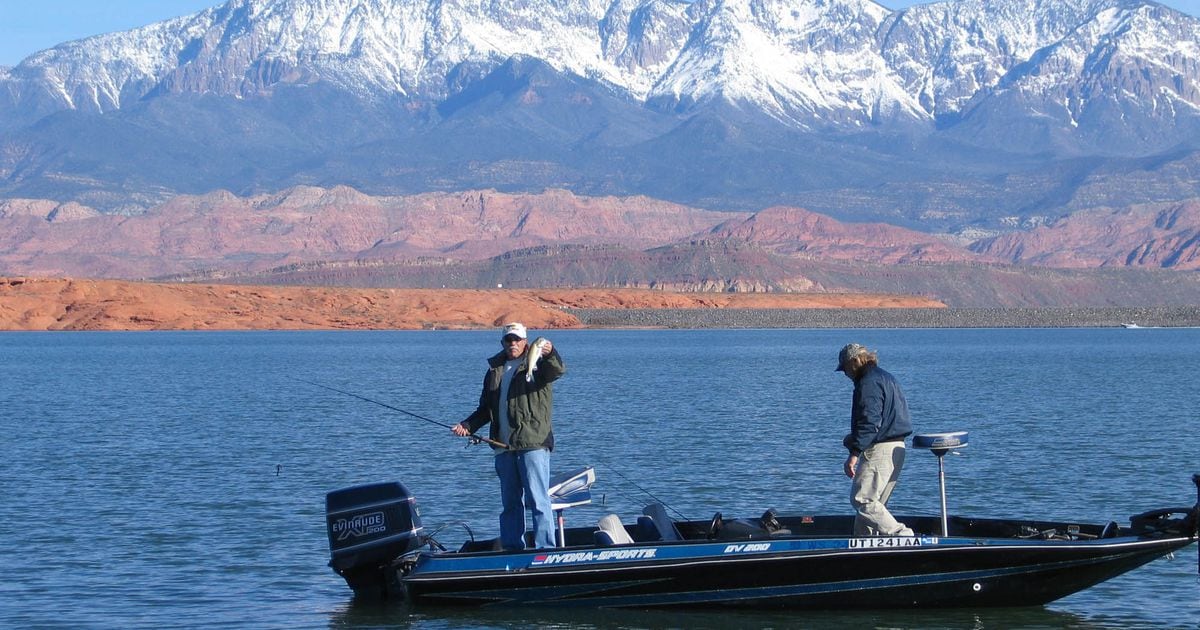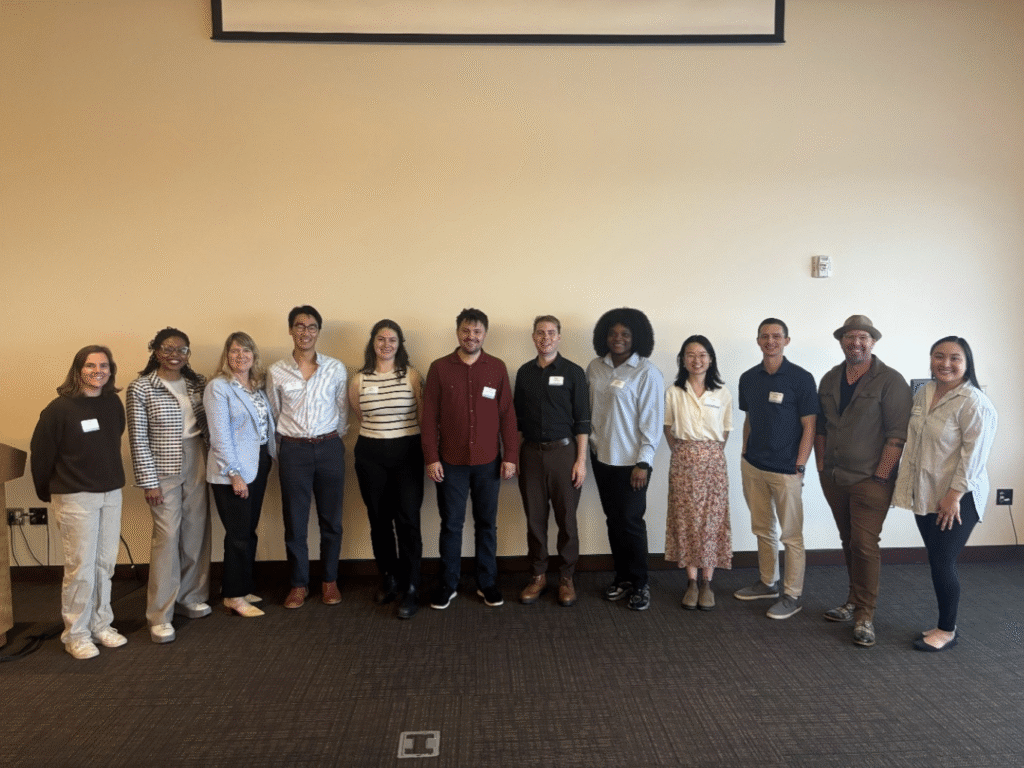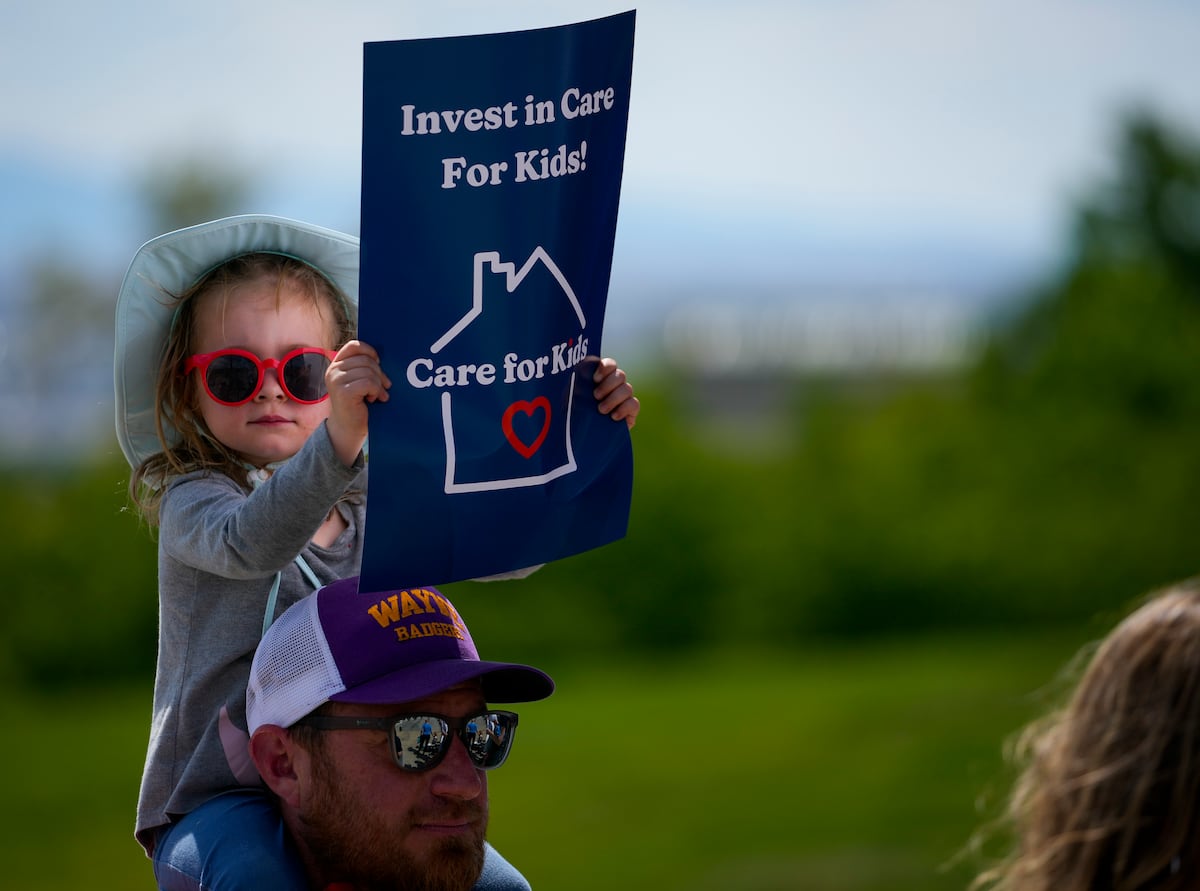Imagine it’s a serene, late summer weekend — the temperatures are just right, and you want to get out of the city to enjoy Utah’s outdoors.
Half the state has that same idea!
While hoards of tourists flock to the state’s Mighty 5 national parks, you can also sneak over to one of the many Utah State Parks. Many of the state parks can be found close to the national parks and monuments, as well as far away from the crowds.
According to the Utah State Parks website, the state offers 46 parks, though a handful of those areas are either museums or new parks that are still under construction.
As is with any state park, check online to see a park’s availability and conditions before you travel, especially if you’re hoping to snag a camping or RV spot.
Two of the newer parks include Lost Creek State Park in Morgan County and Utahraptor State Park near Moab, both of which were created by the Utah Legislature in 2021. Both are fairly close to popular destinations — Lost Creek is a little over an hour’s drive from Salt Lake City, and Utahraptor can be found just 15 minutes north of Moab.
(Francisco Kjolseth | The Salt Lake Tribune) A rough road could soon be integrated into the Utahraptor State Park planned outside of Moab, as Jim Kirkland, the Utah state paleontologist leads a tour of the Dalton-Wells Quarry, the centerpiece of the park on Monday, April 12, 2021.
Because these parks are new, you can expect to see construction at both — areas of Utahraptor are closed for construction, while there is construction at Lost Creek, parts of it are still open.
But what is the least visited state park in Utah? It’s not one of the two I just mentioned (though they are both toward the bottom).
According to the latest park visitation data from the Utah Department of Natural Resources, the least visited park in the last fiscal year was Piute State Park, which focuses around a reservoir in Piute County, one of the least populated counties in the state. The state visitation data indicates less than 500 people visited the park between July 2022 and June 2023.
Subscribe To New to Utah Newsletter
Get the latest information by subscribing to our
New To Utah newsletter. Enter your email below
to receive more stories like these right to your inbox.
The most popular state parks aren’t much of a mystery.
At the #1 spot on the list is Sand Hollow State Park, located between Washington and Hurricane in Washington County. The park, which is centered around the beautiful Sand Hollow Reservoir, saw a whopping 1.3 million visitors between July 2022 and June 2023. Whether you want to fish, swim or take out the boat, this is the place to be — and the same goes for the nearby sand dunes if you have an off-highway vehicle.
Given how close it is to one of the fastest-growing areas of the state (and the U.S.), it’s no surprise this is at the top of the list. The second spot on the list is a little more remote, but still a popular destination for tourists.
Tribune File Photo
Dead Horse Point.
Dead Horse Point State Park saw just over 1 million visitors between July 2022 and June 2023, the second most of any Utah State Park. Located west of Moab, the dramatic canyons and awe-inspiring deserts make this an easy choice for people wanting to get outside.
But how much does it cost to enter state parks? It depends on the park, as the price of entry can vary depending on the park and if (or how) you plan to camp.
One option is to invest in an annual pass, which costs Utah residents $125 a year (a pass for non-residents will cost you $175) and gets you access to all of Utah’s state parks. However, you will still have to pay fees for campsites. You can purchase both annual passes and day passes online at the Utah State Parks website.
And unfortunately, National Park passes don’t get you into state parks, or vice versa.
But for animal lovers, Utah State Parks have a big advantage over national parks — most are pet friendly, though you have to keep your pet on a leash.
Again, be sure to check out conditions online before jumping in the car and driving to your preferred destination. For camping spots, be sure to reserve online, or call the state park of your choosing to see what’s available.
Happy camping!

































